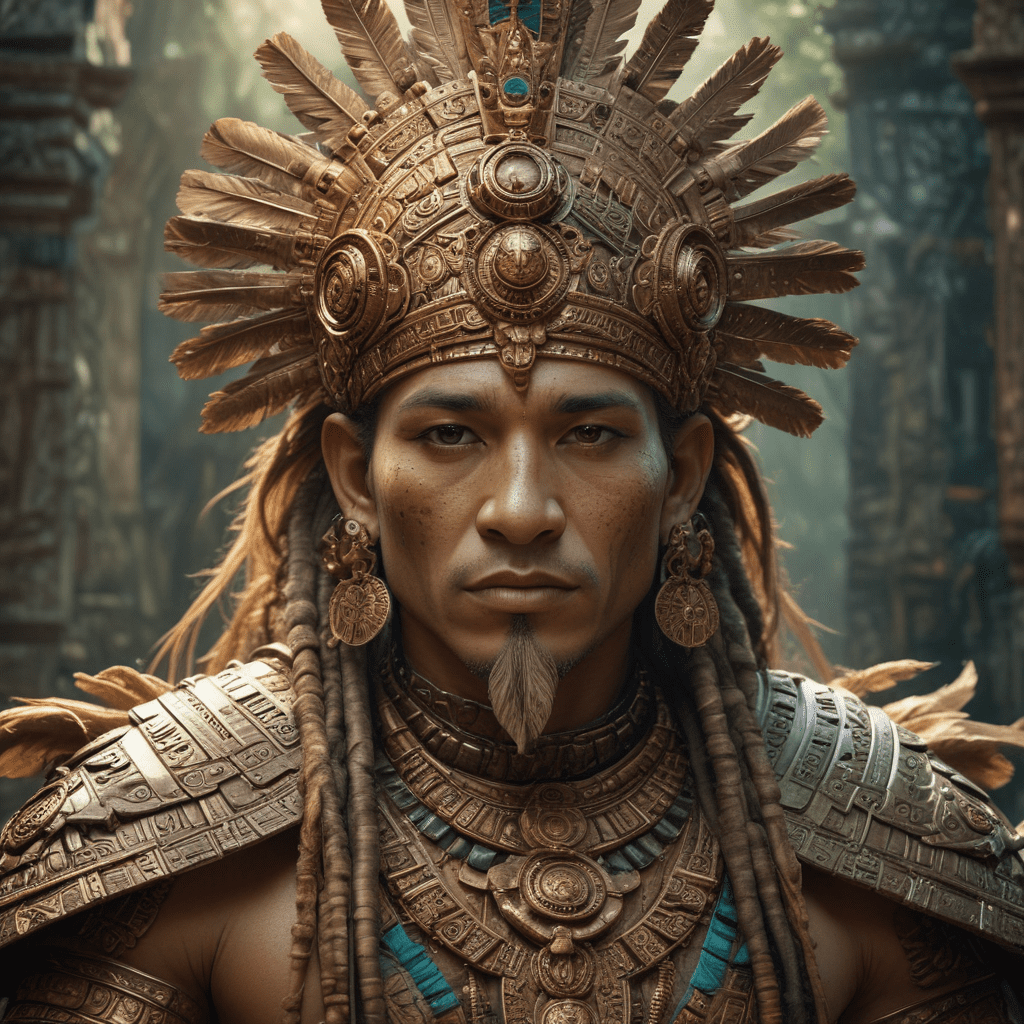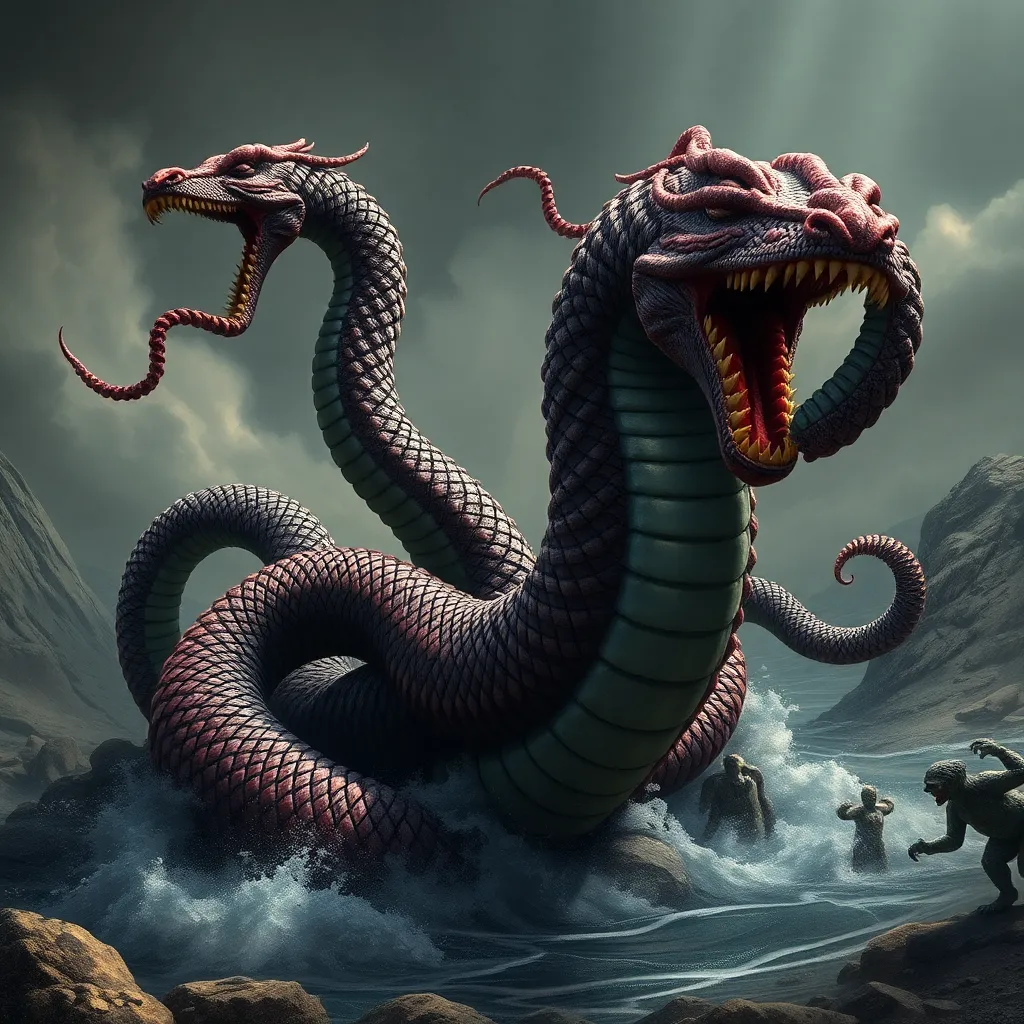Incan Mythological Ceramics: Artistic Expressions of Belief
The ancient Incan civilization, renowned for its sophisticated architecture, intricate textiles, and complex social structures, left behind a rich legacy of artistic expression that serves as a window into their deeply spiritual beliefs. Among the most compelling artifacts are their ceramic creations, which beautifully capture the essence of their mythological worldview. These intricately designed and symbolically rich vessels are not just objects of beauty, but are tangible expressions of the Incan belief system, offering insights into their revered deities, sacred rituals, and profound connection to the natural world.
The Incan Pantheon: A World of Gods and Spirits
The Incan pantheon, like many ancient cultures, was a complex tapestry woven from a diverse cast of gods, goddesses, and spirits. These entities, believed to have immense power, played crucial roles in shaping the natural world, influencing human affairs, and guiding the destinies of individuals and communities. The most prominent deities, such as Inti (the sun god), Mama Killa (the moon goddess), and Viracocha (the creator god), held positions of paramount importance, their presence felt in daily life, ceremonies, and artistic expression. These deities were not simply abstract concepts but were viewed as living, breathing beings with personalities, desires, and the ability to intervene in human affairs.
Ceramics as a Medium of Belief: Ritual and Symbolism
Incan ceramics functioned as more than just utilitarian objects. They were imbued with symbolic significance and served as integral components of religious rituals and ceremonies. The very act of creating these vessels was considered a sacred undertaking, with artisans channeling their spiritual energy and devotion into each piece. The forms, colors, and decorative motifs meticulously etched onto these ceramics were not merely aesthetic embellishments, but served as visual representations of their fundamental beliefs. These intricate details, often depicting scenes from mythology or conveying symbolic meanings, allowed the Incan people to visually engage with and celebrate their deities and the cosmic forces they believed governed their world.
The Sun God Inti: A Central Figure in Incan Mythology
Inti, the sun god, was one of the most revered deities in the Incan pantheon. He was seen as the source of life, warmth, and prosperity, his daily journey across the sky symbolizing the continuous cycle of life and death. Incan ceramics often depict Inti as a radiant figure, often adorned with a sun disc or rays emanating from his body. These depictions not only served to honor the sun god but also to reinforce his importance in Incan cosmology and agricultural practices, as the sun was essential for the success of their crops.
The Moon Goddess Mama Killa: Lunar Symbolism in Incan Art
Mama Killa, the moon goddess, held a position of equal prominence alongside Inti. She was associated with lunar cycles, fertility, and the feminine principle. Incan ceramics frequently depict Mama Killa as a beautiful woman, often holding a crescent moon or adorned with lunar symbols. These depictions not only celebrated her divine presence but also reflected the Incan people's profound understanding and respect for the moon's influence on the natural world, particularly its relationship to agriculture, water, and the ebb and flow of life.
The Creator God Viracocha: Origins and Creation Myths
Viracocha, a powerful and enigmatic deity, occupied a central position in Incan mythology. He was believed to be the creator god, responsible for bringing order and life to the universe. Incan creation myths often depict Viracocha as emerging from Lake Titicaca, a sacred body of water, wielding the power to create the world and its inhabitants. He is often portrayed as a bearded, robed figure, representing his wisdom, authority, and connection to the celestial realm. Incan ceramics frequently depict Viracocha, often in scenes of creation, holding scepters or other symbols of his divine power. These depictions reflect the Incan people's deep respect for their creator god and their belief in his role in shaping their existence.
The Pachamama: Earth Mother and Fertility
Pachamama, the Earth Mother, was another central figure in Incan mythology. As the embodiment of the earth itself, she was revered for her life-giving properties and her role in providing sustenance. Pachamama was believed to be responsible for fertility, abundance, and the success of agriculture. Incan ceramics often depict Pachamama as a nurturing figure, often associated with nature, animals, and the cycle of life and death. These depictions emphasize her crucial role in maintaining the balance of the natural world and ensuring the well-being of the Incan people.
Beyond the Divine: Animal and Nature Spirits
In addition to their deities, the Incan people also believed in a vast array of spirits inhabiting the natural world. These spirits, often associated with specific animals, plants, or geographical features, were believed to possess unique powers and influences. For example, the condor, with its majestic presence and soaring flight, was associated with the spirit of the mountains, while the jaguar, known for its strength and cunning, was believed to represent the power of the jungle. Incan ceramics, through their intricate designs and symbolic motifs, often conveyed the presence of these spirits, further demonstrating the Incan people's deep connection with the natural world.
Ceramics as Storytelling: Narratives Embedded in Form
Incan ceramics served not only as visual representations of their beliefs but also as powerful storytelling mediums. The intricate designs, often depicting scenes from their mythology or conveying symbolic meanings, allowed the Incan people to visually engage with their narratives and traditions. The forms of the vessels themselves could also convey stories. For example, a ceramic pot shaped like a llama might represent the importance of this animal in Incan society, while a vessel depicting a scene from a creation myth could serve as a visual reminder of their origins and their place in the cosmic order.
Interpreting Incan Mythological Ceramics: Theories and Approaches
Interpreting Incan mythological ceramics requires a combination of historical research, anthropological analysis, and artistic understanding. Archaeologists and art historians study the forms, colors, and decorative motifs of these vessels to decode their symbolic language and understand their significance within the Incan context. Ethnographic studies of present-day Andean cultures, which retain elements of Incan beliefs, also provide valuable insights into the meanings and interpretations associated with these artifacts.
FAQ:
Where can I find Incan Mythological Ceramics?
You can find Incan ceramics in museums and archaeological collections around the world, including the National Museum of Anthropology in Mexico City, the American Museum of Natural History in New York City, and the Museo Larco in Lima, Peru.
What materials were used to create Incan ceramics?
Incan ceramics were primarily made of clay, often mixed with other materials like sand or grit for durability and texture. They were then fired to harden them.
What is the significance of the colors used in Incan ceramics?
Colors played a significant role in Incan ceramics, often carrying symbolic meanings. For example, red was associated with blood, sacrifice, and the sun god Inti, while yellow represented maize and fertility.
How did the Incan people create the intricate designs on their ceramics?
The intricate designs on Incan ceramics were often created using a variety of techniques, including carving, incising, modeling, and painting.
What are some of the most common motifs found in Incan mythological ceramics?
Some of the most common motifs found in Incan mythological ceramics include depictions of deities, animals, plants, and geometric patterns. These motifs were often used to convey symbolic meanings related to their beliefs, rituals, and cosmology.




